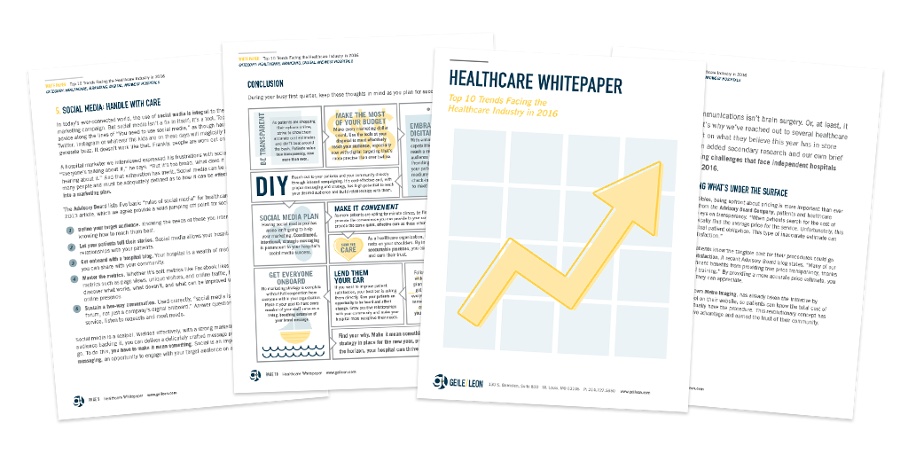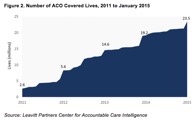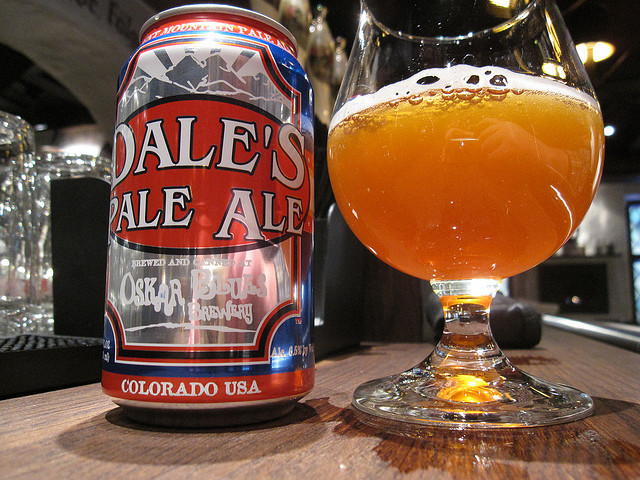So much has been written about using social media to support inbound marketing. Day-to-day I speak with all size marketers, and I understand that the use of inbound marketing for smaller companies gets a little confusing. Because of this, I thought I’d pass along a real world example that was successful.
I was conducting an interview to prepare for a meeting with a manufacturer who was considering working with Geile/Leon. The prospective client provided me with several distributors to talk to, and all but one were well established in their territories and had a steady line of business generated from the traditional sales process.
One distributor I spoke with told me he contracted to sell this manufacturer’s product line two years ago. His assigned territory had not been a hot sales zone for many years, so in a way it was similar to the challenges of a new market for the manufacturer.
His first year was tough. The manufacturer’s brand wasn’t very well known in the territory—mostly due to a lack of advertising support—so it was up to the distributors to build the brand. Another issue was that there is little difference in quality, cost, and performance of this brand and the other comparable products in this category. He had considered adding more sales people, but worried about adding this additional expense while waiting for sales to grow.
Then, over the Christmas holiday he was talking to his son who was home from college. They discussed the challenges he was facing and his son said, “Most people go online to find stuff, so why don’t you do something to get them to find you?”
This was an epiphany for him – as a small marketer in a very specific business, he didn’t consider this option.
After doing some research, he decided to take the plunge and create an inbound marketing strategy, despite the fact that his distributorship is small, with just one location serving a two state area. With some marketing agency help, an inbound marketing strategy was outlined that includes:
- Developing personas of his customers so he had a clear understanding of who he was targeting
- Using online ads to drive traffic to his site and increase his search placements
- Incorporating the appropriate social media sites to promote content and interact with the target audience
- Developing a list of key words and phrases and constantly monitoring how they are performing
- Creating content (videos, blogs, white papers) about issues important to his target audience
- Making the website more user-friendly, allowing customers to easily respond to offerings
- Initiating a sales strategy to turn prospects into customers
After just six months, his new program began to bear fruit. Website visitors increased 300%, while leads from visitors resulted in increased sales – in fact, many of those leads were from companies he hadn’t pursued. And now, thanks to increasing content and improving online traffic, he has reduced his spend on online ads and pay-for-clicks because search engines are listing his site on the first page now.
This is just one example of how success can come from inbound marketing – even if you think your business is too small to benefit from it. If you dive deeper into who your audience truly is and what they are looking for, a strategic digital marketing strategy takes shape.
[gl-hs-cta cta_id=’c863a08c-3579-4901-9c86-448c31e3a81a’]


 Let’s get one thing straight; the
Let’s get one thing straight; the 



